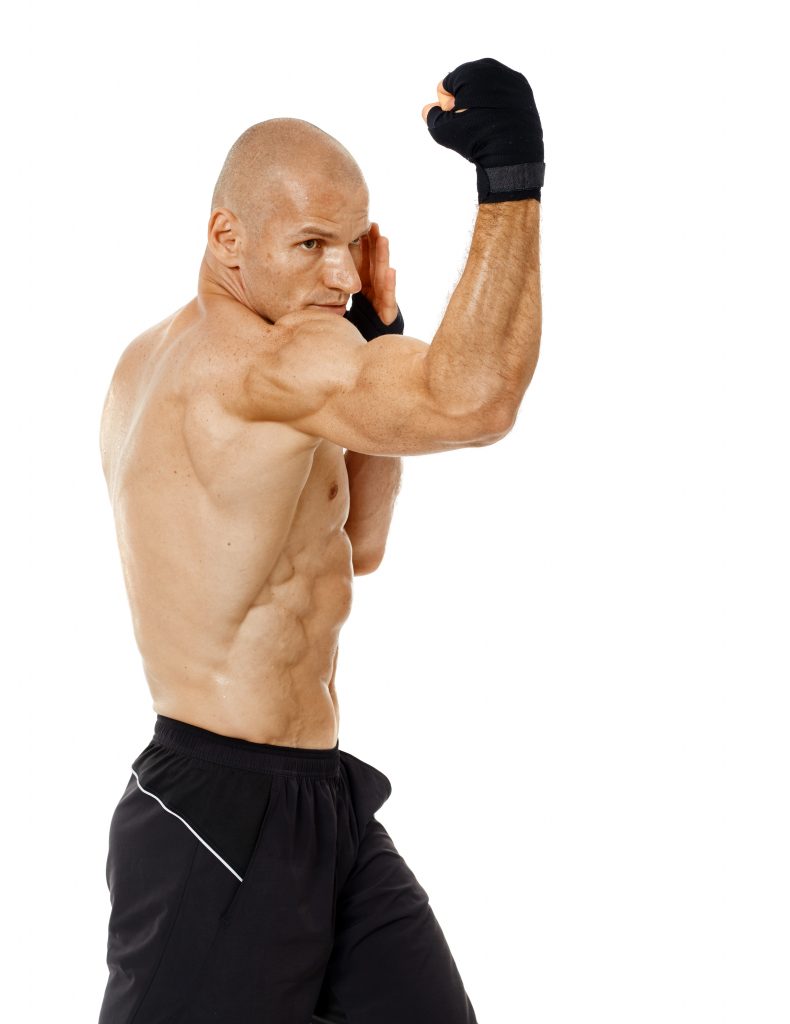Probably the first aspect of internal power training that any practitioner will undertake is ‘connection’ training. This is the process by which we utilize the major and minor body lines and their tissue chains to tie the body together. Much like a spider web this network of tissue is used to link distant parts of the body and action in one area will have a direct consequence across all areas.
In this article about developing internal power I would like to share some ideas on the role that the Ribs and associated tissues play in this network of connection, and how their action is utilized during the training.
Anatomically, the chest is composed of a number of different tissues and substances including the intercostals muscles, the ribs themselves, the fascia linking the ribs to associated muscle groups, the spine, the internal organs and the muscles related to breathing. I will refer to this entire unit of muscle, fascia and bone as the ‘ribs’ from here as this is the classical term. The combination of all these tissues and their links down to the lower torso and into the arms are very important. We can say that they constitute a major portion of the deep side lines of the body as well as the deep front and back lines.
As the internal power practitioner’s complex control ability increases, the ribs should become much more mobile, eventually being able to move the chest independent of the breath cycle. One of my teachers would demonstrate this with startling effect! He would ask me to put my hand on either side of his chest, at the rib level, and then drastically expand one side while collapsing the other, all the while breathing steadily and smoothly.
Although simply a demonstration of ability and not something that would necessarily be a focus, this sophisticated level of control is a vital part of the process if we are to move onto the further usages of the ribs in producing Connected internal power.
In the early days of training ‘rib power’ is often slightly abstract. We lack the mobility in the ribs to really be able to effect changes elsewhere in the body. However with dedicated training certain key characteristics of rib power begin to emerge. Perhaps the first is our ability to ‘sink the breath’ as a result of rib control. This means that rather than puffing up the chest every time we breathe in, and collapsing it every time we breathe out, the ribcage represents a stable structure under which the diaphragm is able to work correctly, opening the lungs downwards as they inflate. This process is one that changes the intra abdominal pressure, massaging the organs, but perhaps more importantly for combat, creating an action of support and development in the connective tissues of the lower torso.
Once this primary level of Rib power has been developed, the adept may begin to utilise the opening and closing of the ribs in action. For instance, if I want to bring my arms to my body I can do so in a number of ways that actually utilize ‘rib power. Firstly, I could ‘close the ribs’, drawing the ribs together by way of the intercostals. This will lead the arms to retreat to the body with the rib action ahead of the arm motion. This is extremely useful for ‘pulling’ actions or downward movement directions. We see this action in the Chinese art of Xing Yi Quan’s Splitting Fist or Pi Quan.

Secondly we could use the opening action of the Ribs to meet the closing action of the arm. In this instance as I draw my arm in I would actually open the space between the ribs creating a trapping or pinching force. This is very useful for gripping an limb between your arm and your body for instance.
In both of these examples, the mobility of the Ribs is paramount, as is its independence from the breath. However both of these examples are taken somewhat in isolation. The utility of the ribs as we would see it in internal power training stretches far beyond these isolated mechanical examples. Indeed, the action of the ribs is perhaps most important in how it connects the lower half of the torso and upper femur’s to the arms.
This is a complex system, but to simplify it somewhat, if we say that the connection of the legs to the torso via the pelvis is intimately related to the muscles of the lower torso like the psoas and the Illius, then we can say that the connection of the arms to the torso is intimately related to the Ribs. Indeed there is a huge amount of muscle and connective tissue attached to the ribs themselves much of it directly related to action in the arms. When trained correctly the action in the ribs will create actions in the arms and the arms can be led, pushes, pulled, raised or lowered with movement originating in the rib region.
‘Rib power’ is a term common to many arts and it is foundational if we are to be able to utilise our combative base, our torso, or spine and our arms effectively. Lack of development in this area most often will be seen in the disconnection of structure and vulnerabilities in the upper half. The practitioner with poor development will end up tilting, wobbling and generally displaying instability when forces are applied to their structure. So some focus on this area with your coaches could be worthy investment of time.




4 Comments
Like!! I blog frequently and I really thank you for your content. The article has truly peaked my interest.
I learn something new and challenging on blogs I stumbleupon everyday.
Hi there, after reading this amazing paragraph i am as well delighted to share my knowledge here with friends.
These are actually great ideas in concerning blogging.